This xBmt was completed by a member of The Brü Club in collaboration with Brülosophy as a part of The Brü Club xBmt Series. While members who choose to participate in this series generally take inspiration from Brülosophy, the bulk of design, writing, and editing is handled by members unless otherwise specified. Articles featured on Brulosophy.com are selected by The Brü Club leadership prior to being submitted for publication. Visit The Brü Club Facebook Group for more information on this series.
Author: Alex Shanks-Abel
While widely renowned in the wine industry for quite a long time, thiols were only identified in hops just a couple decades ago and have recently become an area of increased interest for their ability to impart beer with pungent fruity notes. Unfortunately, a good portion of the thiols present in hops are bound precursors that require a specific enzyme to be freed.
Over the last few years, a handful of yeast labs have released genetically modified strains capable of producing the enzymes required to unbind thiol precursors. One such product is Omega Yeast’s OYL-403 Lunar Crush, a thiolized version of their OYL-113 Mexican Lager strain that’s said to produce clean, crisp beers with unique tropical fruit aromatics.
I tend to enjoy beers with pungent tropical fruit notes and have been excited about the increased focus on freeing bound thiols to enhance these characteristics. With a few recent Brülosophy xBmts on thiols returning inconclusive results, I began to wonder what impact fermenting a pale lager hopped entirely in the mash with Lunar Crush would have and designed an xBmt to test it out for myself.
| PURPOSE |
To evaluate the differences between an International Pale Lager fermented with a thiolized yeast strain and one fermented with the non-thiolized version of the same strain.
| METHODS |
For this xBmt, I designed a simple International Pale Lager recipe with a single mash hop addition in hopes of any differences between the beers being noticeable.
Gato Luna
Recipe Details
| Batch Size | Boil Time | IBU | SRM | Est. OG | Est. FG | ABV |
|---|---|---|---|---|---|---|
| 5 gal | 60 min | 14.9 | 3 SRM | 1.048 | 1.02 | 3.68 % |
| Actuals | 1.048 | 1.02 | 3.68 % | |||
Fermentables
| Name | Amount | % |
|---|---|---|
| Pelton: Pilsner-style Barley Malt | 7 lbs | 80 |
| Gateway: Under-modified Barley Wind-Malt | 1.75 lbs | 20 |
Hops
| Name | Amount | Time | Use | Form | Alpha % |
|---|---|---|---|---|---|
| Saaz | 156 g | 0 min | Mash | Pellet | 3.5 |
Yeast
| Name | Lab | Attenuation | Temperature |
|---|---|---|---|
| Lunar Crush OR OYL-113 Mexican Lager (OYL-403) | Omega | 78% | 32°F - 32°F |
Notes
| Water Profile: Ca 31 | Mg 0 | Na 8 | SO4 23 | Cl 20 |
Download
| Download this recipe's BeerXML file |
I started this brew day by collecting the full volume of RO water, adjusting it to my desired mineral profile, then getting it heating up, at which point I weighed out and milled the grain.
When the water was properly heated, I incorporated the grains before adding the mash hops then checking to make sure it was at my target temperature.
When the mash rest was complete, I removed the grains then boiled the wort for 60 minutes, after which I immediately racked identical volumes to separate stainless steel kegs that were placed in a water bath to chill.
A refractometer reading showed the wort was right at my target OG.
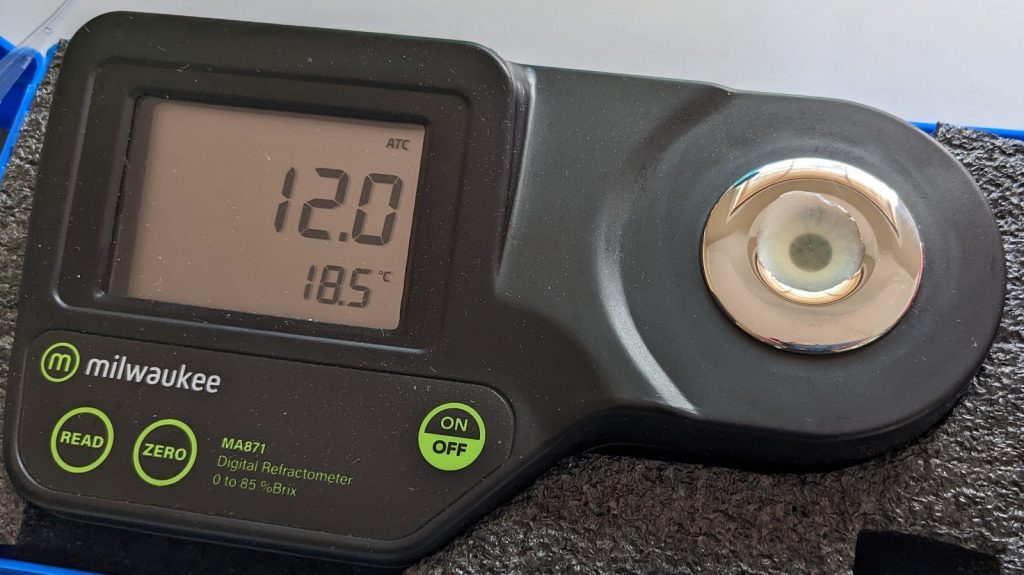
With the worts both sitting at 62°F/17°C the following morning, I pitched the thiolized yeast into one batch while the non-thiolized yeast was pitched into the other.
The beers were fermented at 59°F/15°C under 15 psi of pressure.
Hydrometer measurements taken after 7 days showed both beers reached the same FG.
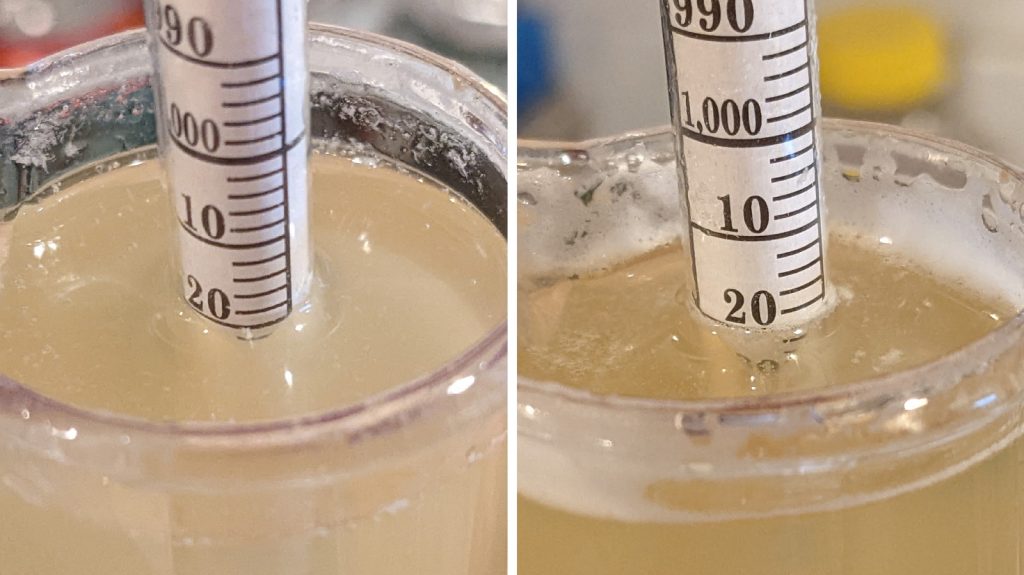
At this point, the beers were pressure-transferred to CO2 purged PET kegs.
The filled kegs were placed on gas in my keezer and allowed to condition for two weeks before they were ready for evaluation.
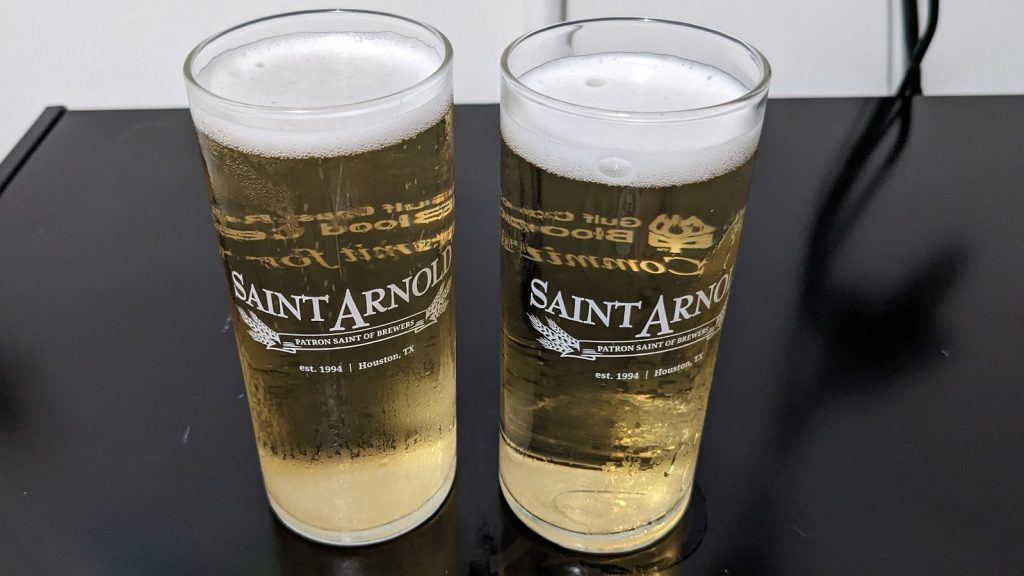
| RESULTS |
Data for this xBmt was collected during a Cane Island Alers monthly club meeting. A total of 21 people of varying levels of experience participated in this xBmt. Each participant was served 1 sample of the beer fermented with thiolized yeast (OYL-403 Lunar Crush) and 2 samples of the beer fermented with non-thiolized yeast (OYL-113 Mexican Lager) in different colored opaque cups then asked to identify the unique sample. While 12 tasters (p<0.05) would have had to accurately identify the unique sample in order to reach statistical significance, 19 did (p=0.00000008), indicating participants in this xBmt were able to reliably distinguish a mash hopped International Pale Lager fermented with thiolized yeast from one fermented with a non-thiolized version of the same strain.
The 19 participants who made the accurate selection on the triangle test were instructed to complete a brief preference survey comparing only the beers that were different. A total of 9 tasters reported preferring the beer fermented with the thiolized yeast, 5 said they liked the beer fermented with the standard yeast, 4 had no preference despite noticing a difference, and 1 person reported perceiving no difference.
My Impressions: Out of the 5 semi-blind triangle tests I attempted, I correctly identified the odd-beer-out every time. While both beers had a similar bitterness, mouthfeel, and sweetness, I detected a rather pungent aroma of orange and guava in the version fermented with the thiolized Lunar Crush, making it easy to distinguish.
| DISCUSSION |
Interest in thiols has risen dramatically over the last few years, which is likely due in part to the incredible work some yeast labs have put into creating strains that unlock thiol precursors. While reports from brewers have been quite mixed on the effectiveness of such yeasts, tasters in this xBmt were able to reliably distinguish a mash hopped International Pale Lager fermented with thiolized OYL-403 Lunar Crush from the same beer fermented with OYL-113 Mexican Lager, the non-thiolized version of the same strain.
One plausible explanation for this result is that the beers received a rather hefty mash hop addition of Saaz, which is said to possess a relatively high concentration of thiol precursors. Moreover, the simple International Pale Lager recipe likely helped accentuate any differences, while the absence of a dry hop addition further allowed the thiol character to shine through.
Given the findings from prior xBmts as well as things I’ve heard from other brewers, I was admittedly skeptical the thiolized yeast would have much of an impact on this mash hopped pale lager. The fact all but 2 tasters were correct on the triangle test, and I chose the unique sample in all of my own attempts, indicates to me these yeasts, or at least Lunar Crush, is doing something different than its non-thiolized parent, which I find quite exciting!
 Alex Shanks-Abel is a certified shoddy brewer residing in Texas with their lovely spouse, a 3 1/2 legged mutt, and 22 banana plants. Upon receiving an extract kit on their 21st birthday, they discovered a new passion and have been obsessively brewing ever since. Alex geeks-out over the science of fermentation while trying to brew as unpretentiously (i.e. shoddy) as possible. When Alex isn’t brewing in bags, they’re DMing too many D&D games or publishing video game mods that nobody asked for.
Alex Shanks-Abel is a certified shoddy brewer residing in Texas with their lovely spouse, a 3 1/2 legged mutt, and 22 banana plants. Upon receiving an extract kit on their 21st birthday, they discovered a new passion and have been obsessively brewing ever since. Alex geeks-out over the science of fermentation while trying to brew as unpretentiously (i.e. shoddy) as possible. When Alex isn’t brewing in bags, they’re DMing too many D&D games or publishing video game mods that nobody asked for.
If you have any thoughts about this xBmt, please do not hesitate to share in the comments section below!
Support Brülosophy In Style!
All designs are available in various colors and sizes on Amazon!
Follow Brülosophy on:
FACEBOOK | TWITTER | INSTAGRAM
If you enjoy this stuff and feel compelled to support Brulosophy.com, please check out the Support page for details on how you can very easily do so. Thanks!



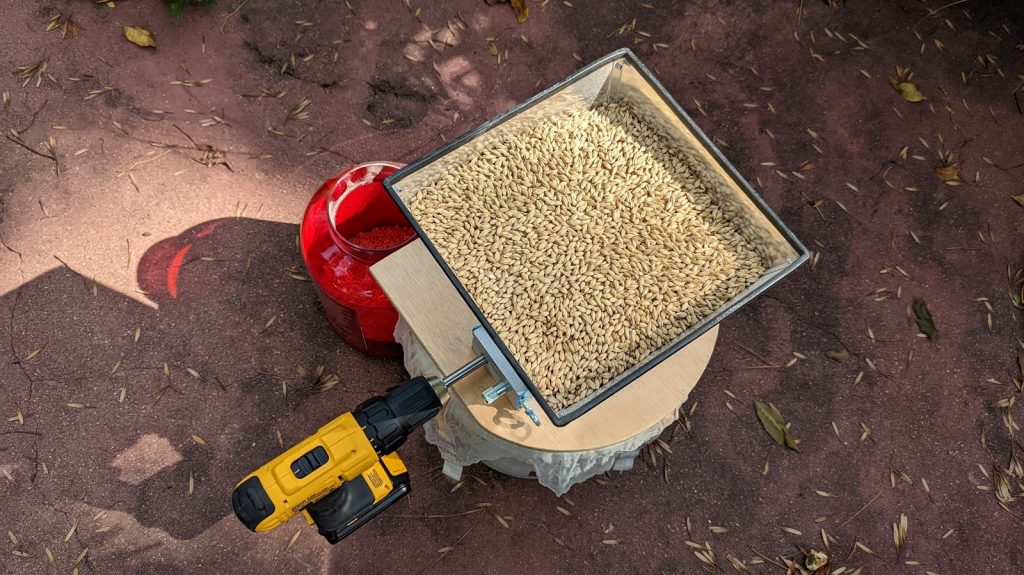
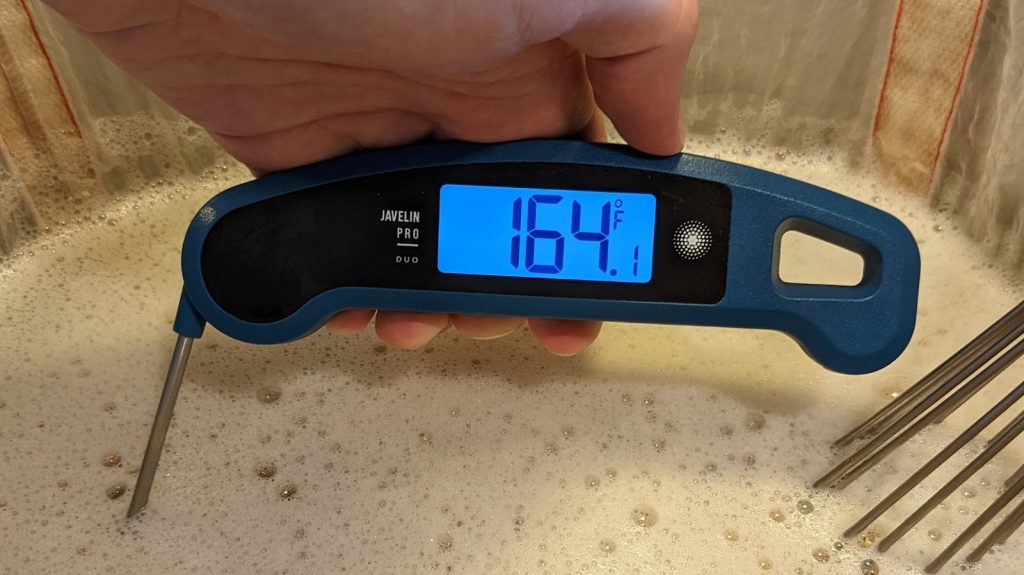
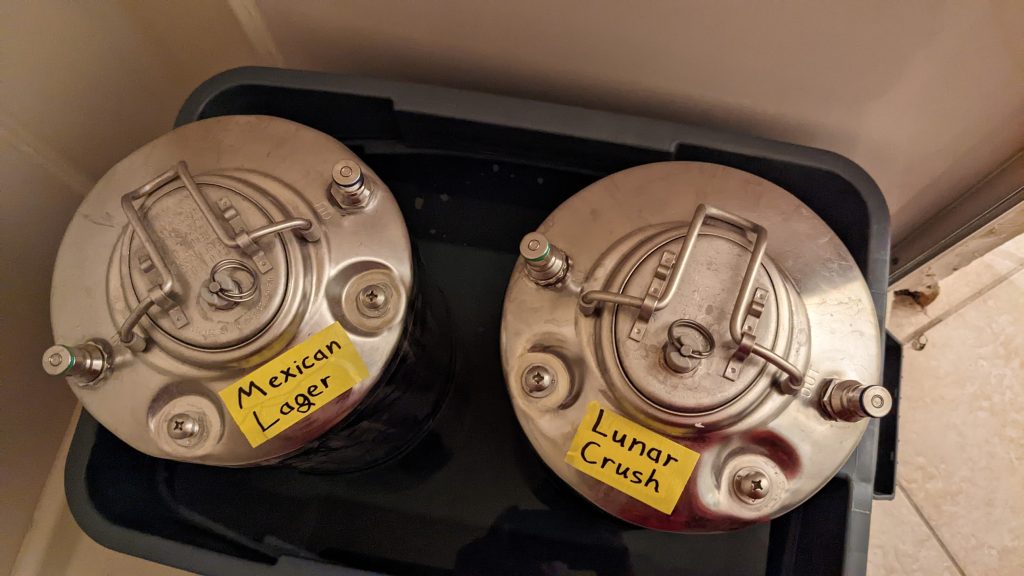
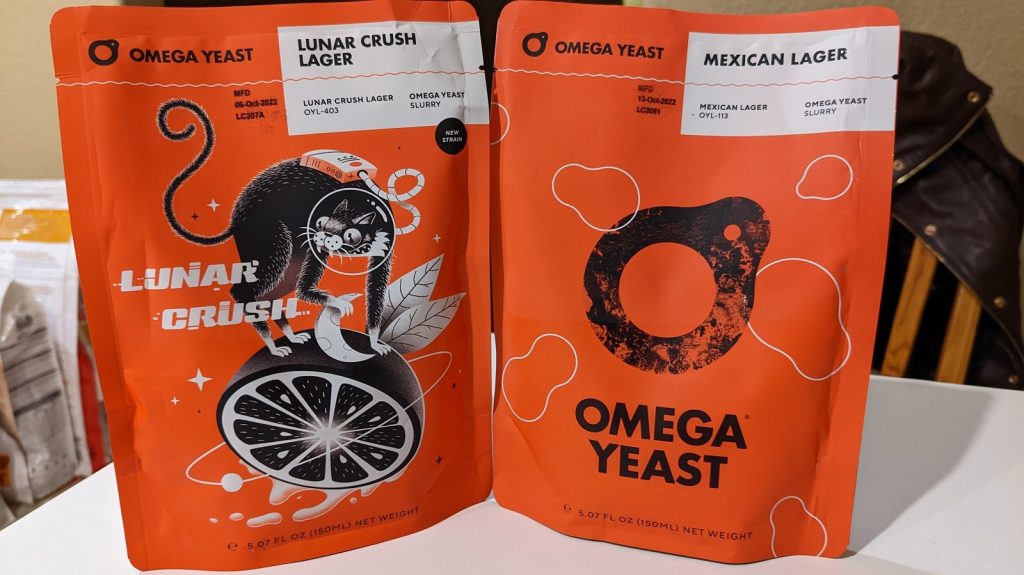
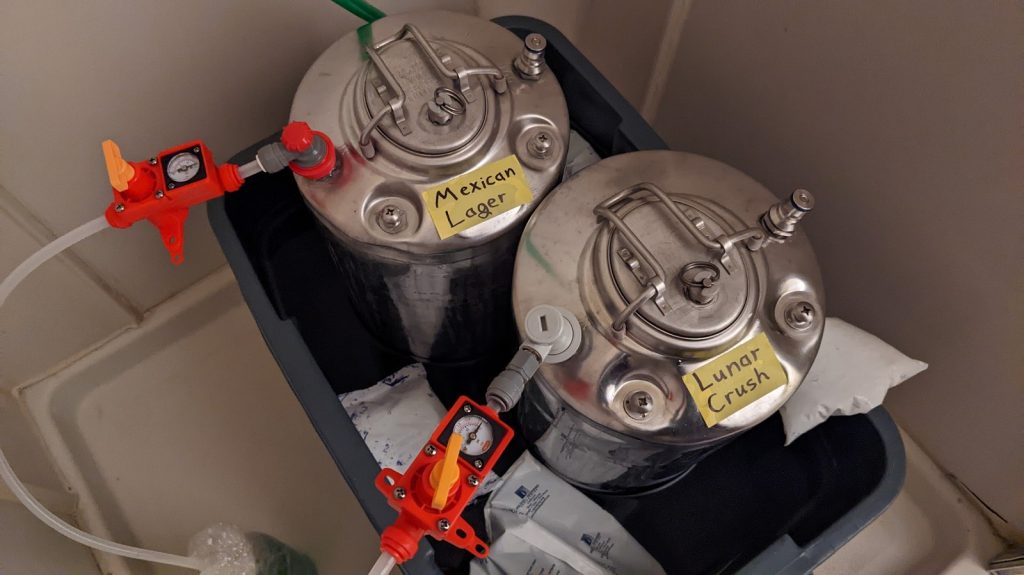
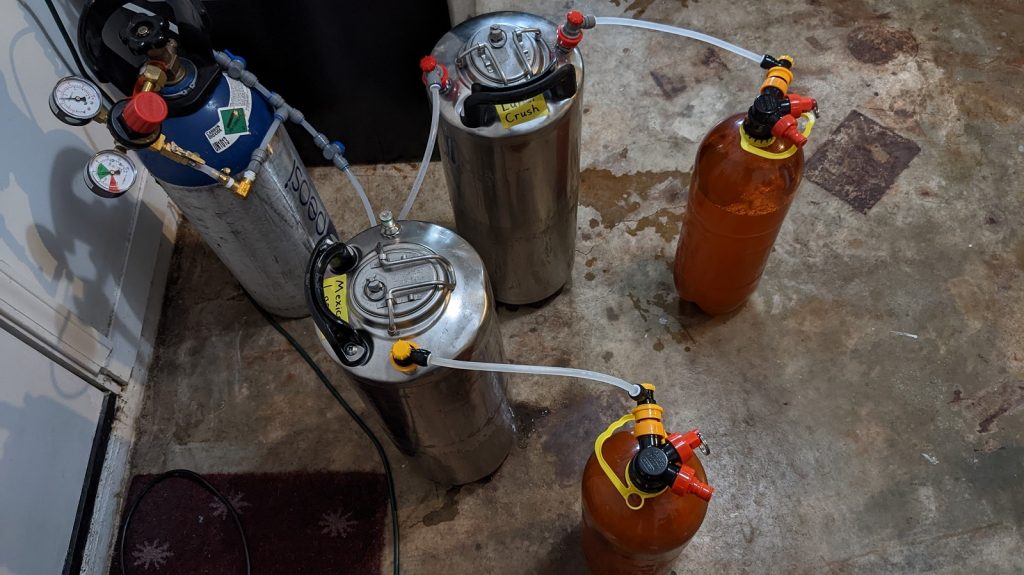












10 thoughts on “The Brü Club xBmt Series | Impact Fermenting With Thiolized Yeast Has On A Mash Hopped International Pale Lager”
The recipe FG was 1.002 but the xBmt FG was 1.020. that’s a big difference. What do you think happened? Did the fermentation stall? Is this a feature of this yeast?
Was the finished bet noticably sweet?
Mash temperature happened.
Sasha, the Recipe Details list the FG as “1.02” which is a little confusing with the dropped 0. But yes, the high mash is responsible for the high final gravity! I had zero tasters comment on sweetness. If anything, people I talked to said the big tropical smell followed by a dry, crisp taste was a pretty jarring experience
You’re totally right. I missed that the recipe was 1.02 not 1.002.
We just did an India Pale Lager with these two strains. Used Cascade in mash and small dose of Idaho 7 late dry hop. Planning on Brulosoph- style tasting to see what results we get.
Awesome! Let me know if you’re interested in going a step further and publishing a TBC-series xBmt! You would need at least 15 tasters
Hey, folks! I have a problem where I can only comment once on an article before getting shadowbanned. I’ve chatted with Marshall about it, and he’s currently unable to fix it.
So I’ll try to see if I can “respond” to replies by editing this one comment. If that doesn’t work, I’m happy to discuss the xBmt on the Bru Club Facebook or Discord sever!
I don’t have any opinion on thiols or whether the hype is justified, but I just wanted to express my appreciation of the design of this xbmt.
You usually think of “thiolization” in the context of beers that are already very hoppy and where you want to use thiols hoping they’ll give you just that extra bit that increasing hopping won’t give you. So it’s tempting to try it in a DDH IPA with bucket loads of hops. But while that is probably the most interesting “real life” experiment, the minimalistic design of this xbmt is perfectly suited to answer the question that must be asked and answered before: what exactly does the thiolized yeast do, (how) does it change the beer?
So kudos to Alex and thanks a lot!
Just one question though: did you *like* the fruity character produced by the thiolized yeast? How does it compare to the aroma produced by late hopping with Citra and similar varieties?
Thanks for the kind words, Daniel!
I really loved the thiol character of the yeast! However, my mind expected sweetness when I got hit by that big pungent tropical/orange aroma. The crisp, dry lager wasn’t quite the right beer for that flavor. So in the future, I think I’ll use this strain in something sweet and fruity!
To me it smelled *exactly* like Orange Guava Naked juice. I’m not sure what hop variety I’d compare that to!
Why did you decide to mash so high on a pale lager?